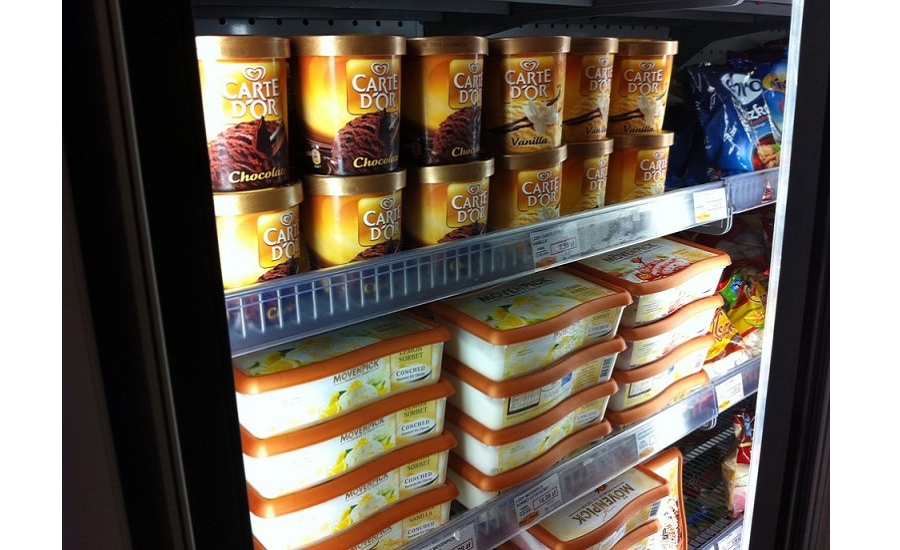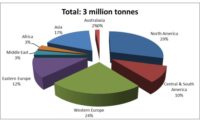Global ice cream market to reach $87 billion by 2021

The global ice cream market is expected to reach U.S. $87 billion by 2021 at a 4.8% CAGR. Market growth is driven by rising income, new ice ream flavors, cost-reducing private labeling and increasing consumer demand, particularly in those over age 50, according to a new report by Research and Markets (researchandmarkets.com).
The rise in income along with an increase in demand for sweet dishes drives the growth of this market. Unilever dominates the global market with eight of the 15 top selling brands and a 22% share. Nestle is the closest corporate rival of Unilever with four brands in the top 15. The sales of low-quality ice cream have been declining due to the increased preference for premium ice cream.
The new innovative flavors that the companies have come up with act as a major driver for this market. Also, private labeling reduces the price of ice creams, thereby increasing the demand. The rise in demand for ice cream products from consumers above the age of 50 is another factor that contributes to the growth of this market. Ice cream manufacturers have come up with lactose-free ice creams for lactose intolerant consumers. However, health concerns pose a threat to this market, especially in the developed countries. Unseasonable weather is another major restraint to this market.
The global ice cream market is segmented on the basis of product type, which has been further subdivided by recipe into ordinary (hard), French, reduced fat, light, soft, no sugar added, lactose-free, gluten-free and organic ice cream. By sales, the market is segmented into impulsive, take-home and artisanal ice cream.
Looking for a reprint of this article?
From high-res PDFs to custom plaques, order your copy today!




